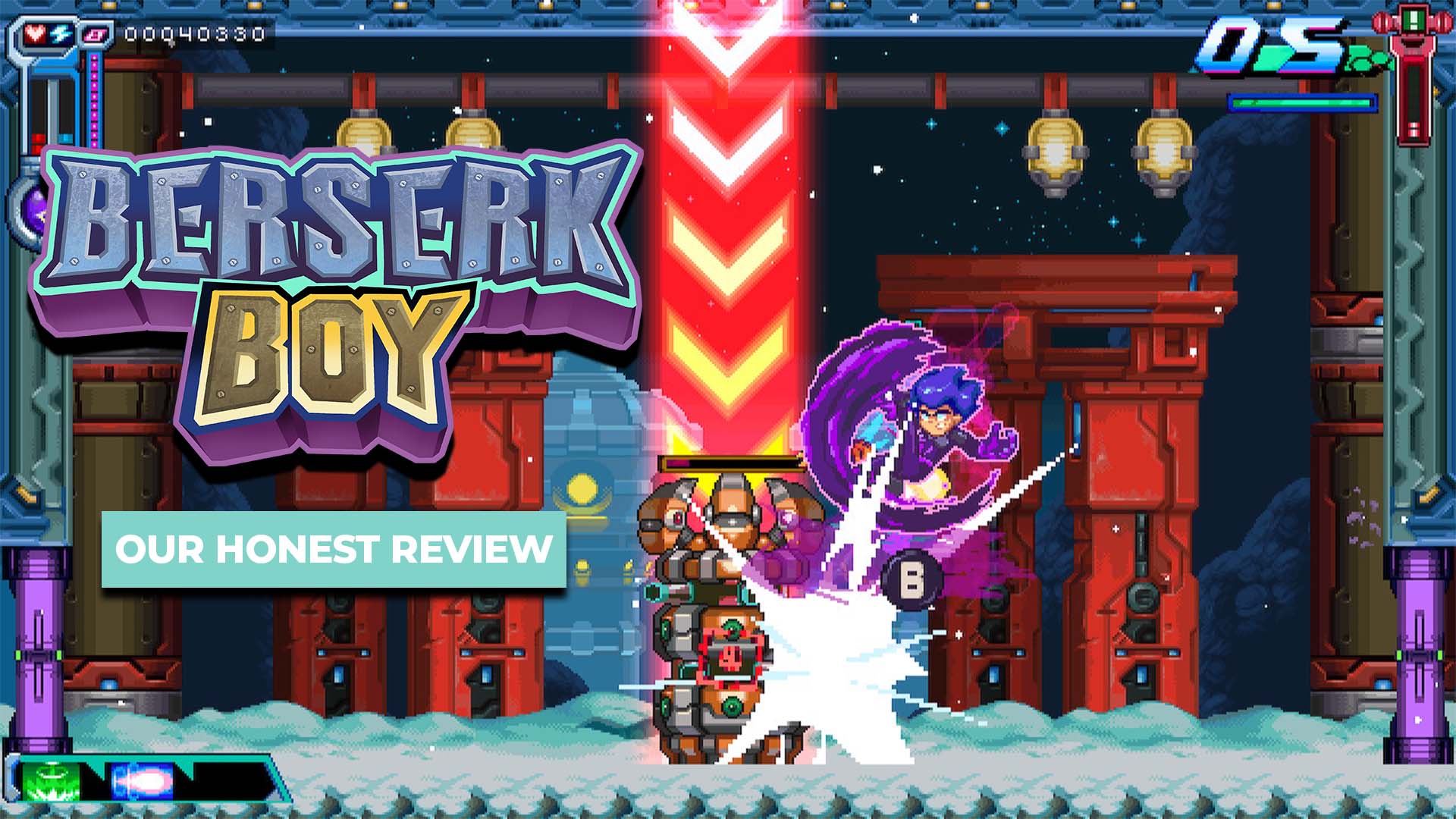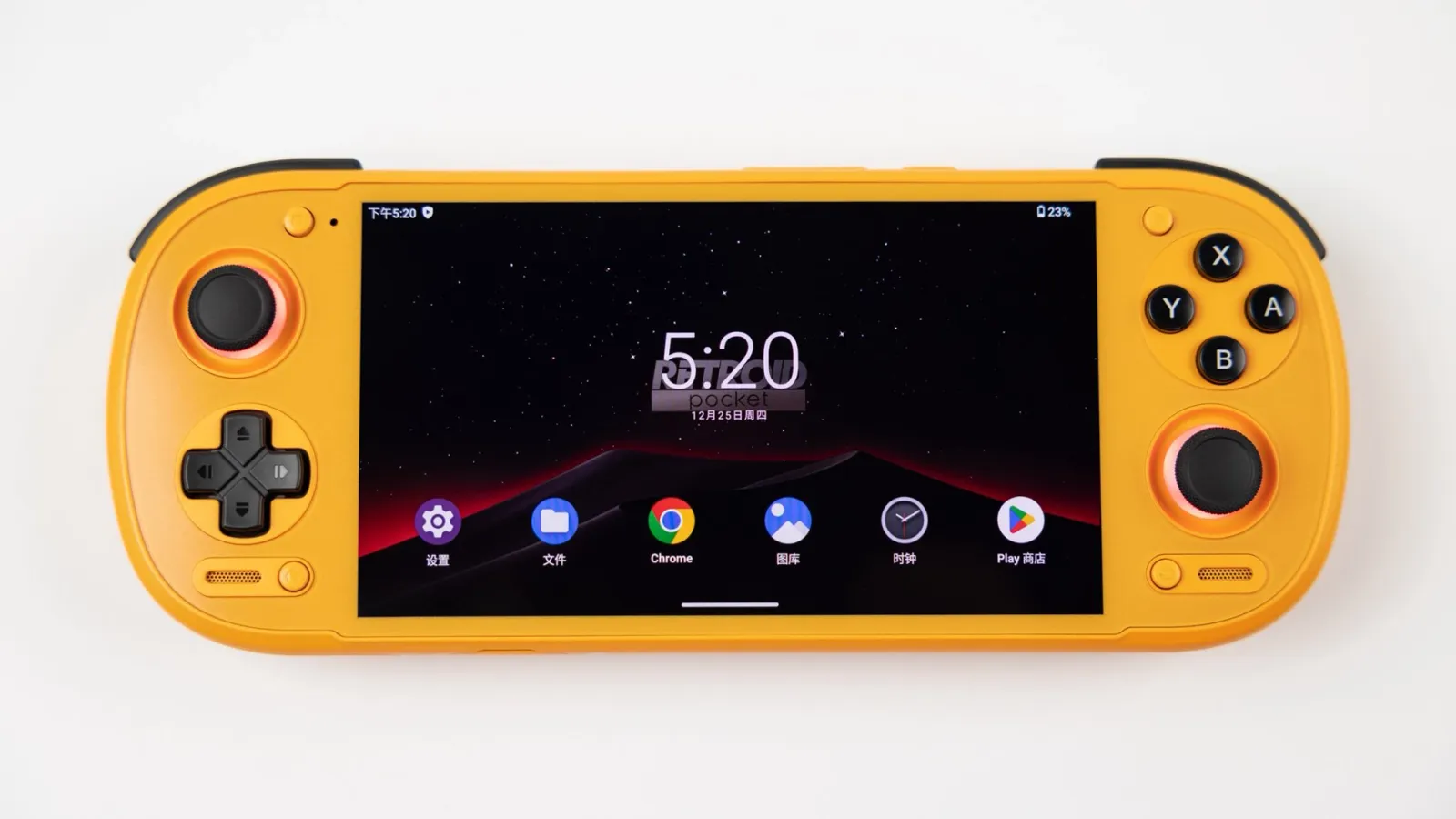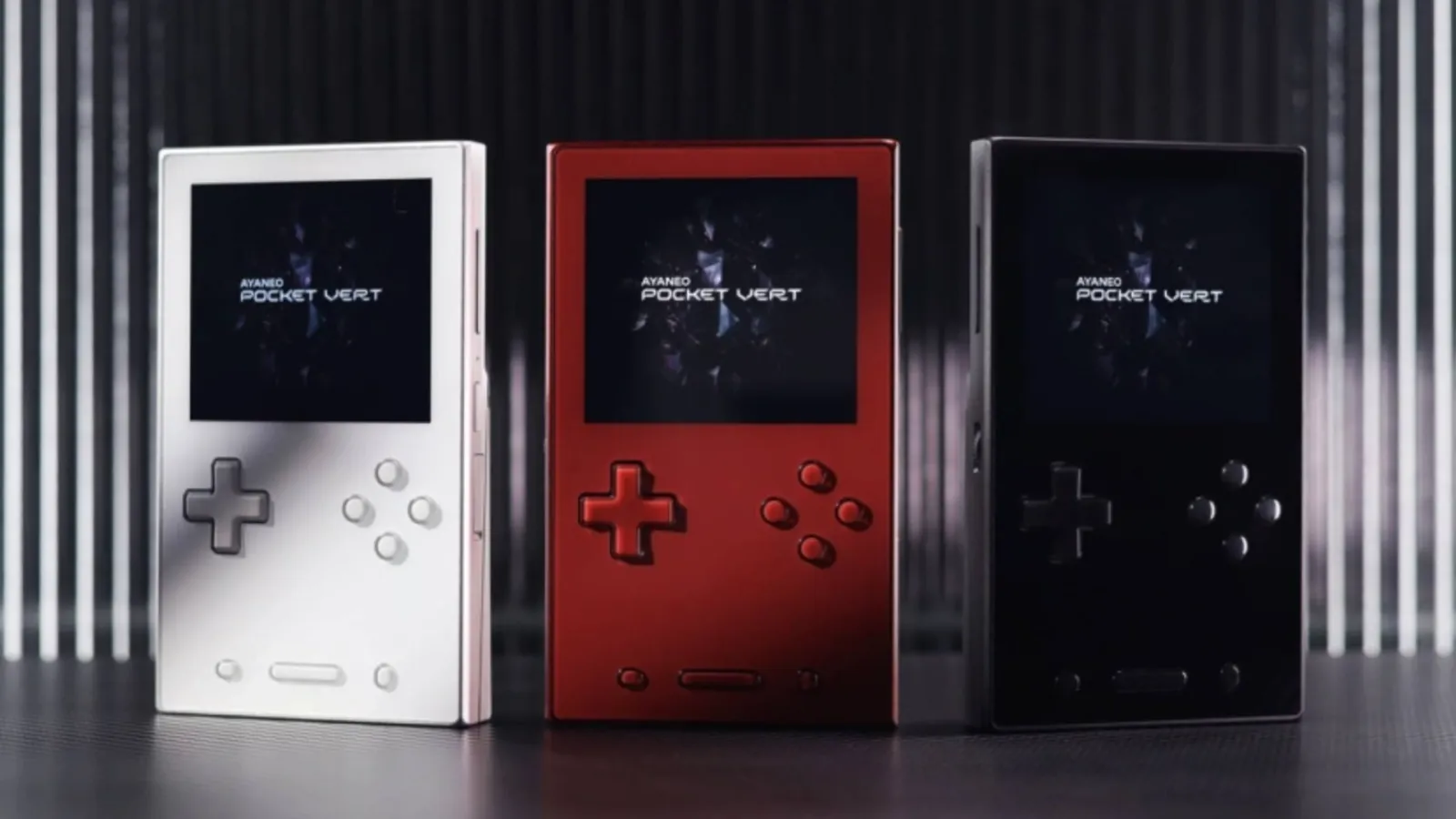Whenever a new, retro-inspired game is announced it’s always the same. ‘Check this game out because it combines ‘retro game A’ with ‘retro game B’ to produce something amazing.
The latest title to receive this sort of buzz is Berserk Boy.
Pitched as the modern love child of Genesis-era Sonic The Hedgehog and classic Mega Man, Berserk Boy attempts to combine aspects of both franchises while injecting a healthy dose of Metroidvania-style backtracking for good measure.
On paper then, Berserk Boy should tick plenty of boxes for fans of those franchises that love to explore and uncover secrets. I’m definitely the target audience for Berserk Boy, with my passion for the Blue Bomber and Sonic, in particular, one of my most clearly defined personal traits.
I’m also a Metroidvania junkie and relish the opportunity to delve into mysterious worlds, level up and overcome previously impassable obstacles.
To review Berserk Boy should be a walk in the park for me then. Berserk Boy and this particular Editor should go together like the moon and the stars, but the reality is a bit more complicated than that.
That’s Mega, Man
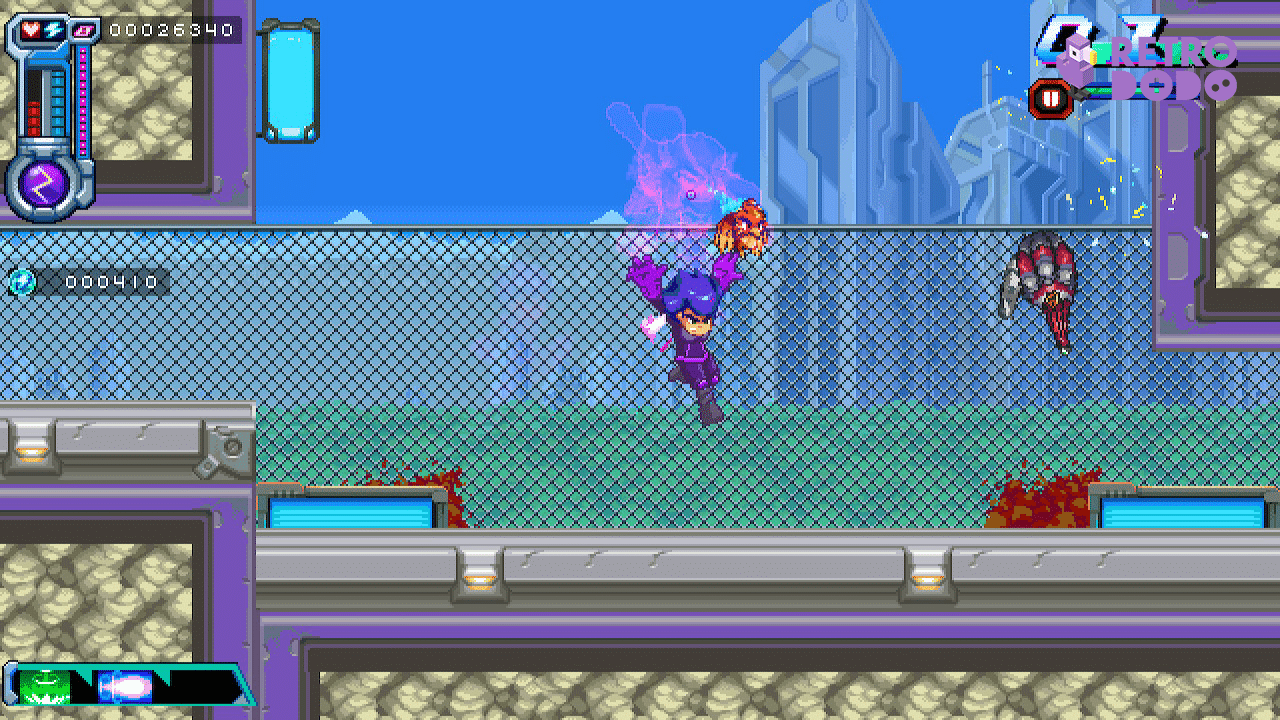
What most players will deduce from the Sonic and Mega Man comparisons is probably correct. The speed and fluidity of Sonic with the difficulty of Mega Man.
That combo, in theory, should be a lot of fun. Think about it for longer than a moment though, and your mind may conjure images of extremely tough platforming that you can fail in record quick times.
Thankfully, Berserk Boy doesn’t stick too rigidly to its influences and manages to replicate and innovate, to produce a game that feels fresh yet familiar.
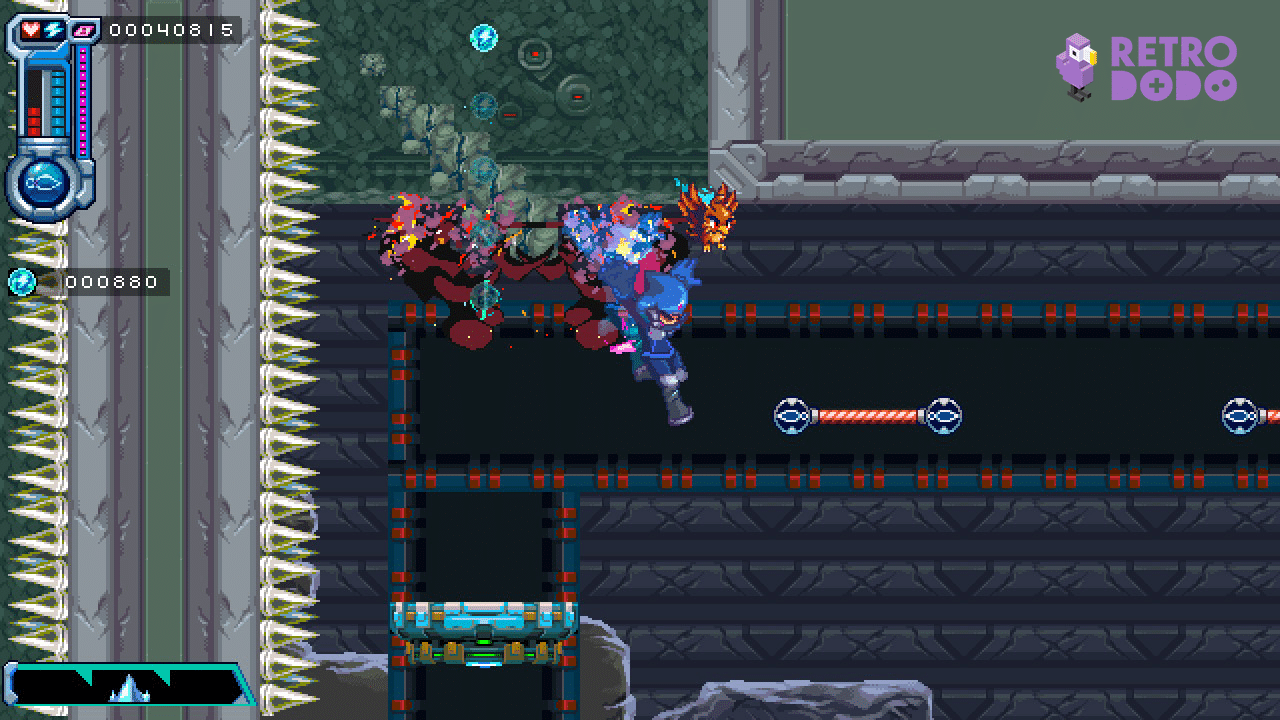
Looking at the on-screen HUD, you’d be forgiven for thinking ‘yes, that’s Mega Man’. The dual health and energy bars are located in the same position in the top left of the screen and they function in the same way as Mega Man’s gauges.
The design aesthetic of Berserk Boy’s distant future resembles Mega Man too, mimicking the Blue Bomber’s world from Mega Man 7 on the SNES.
That’s a good thing, as Mega Man 7 features brilliantly realised, worn-futurism in its environments, with little details that make the world seem lived in and characterful, rather than just a playground to jump around.
The influence of Sonic’s design is there too, albeit a bit more subtle and mainly within the cast of characters at the centre of Berserk Boy’s story.
Resistance Is Fun
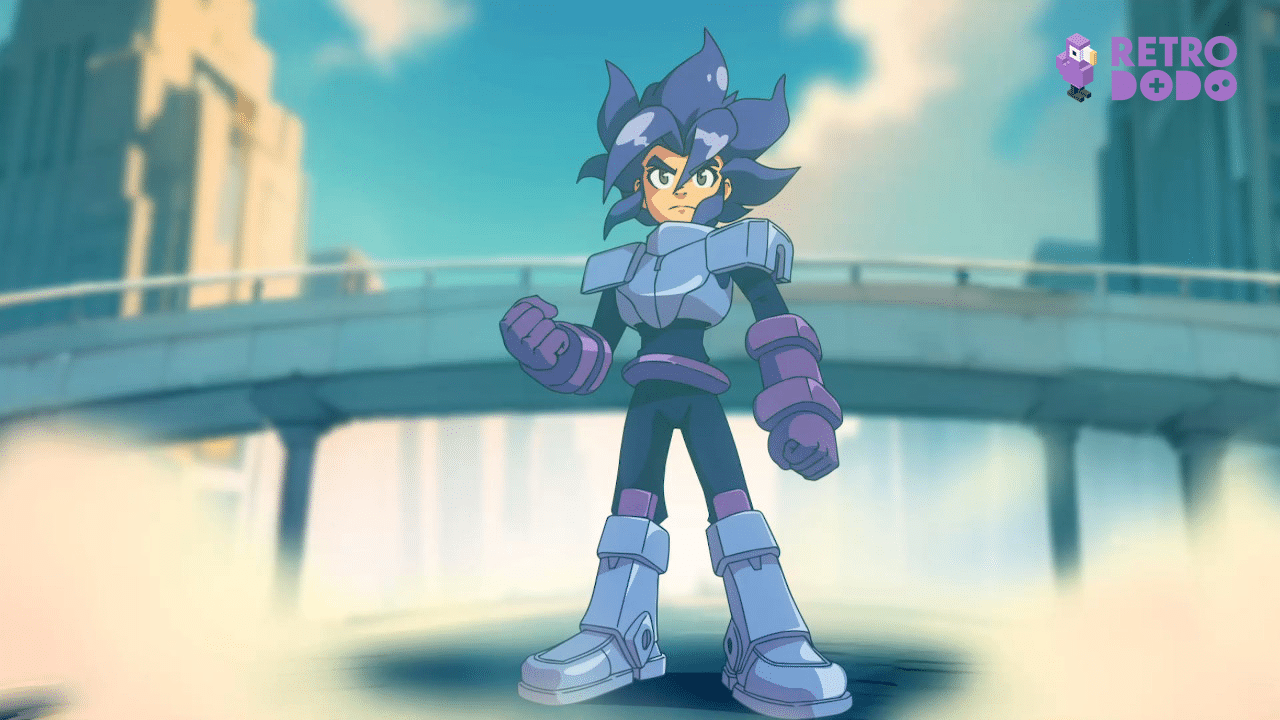
Taking control of Kai, a member of the Resistance, players embark on a quest to prevent the evil Dr. Genos from taking over the world through their heinous human experimentations.
After a swift preamble, Kei acquires their first Berserk Orb. A purple sphere of extreme power, these trinkets enable Kei to transform into a superpowered powerhouse ala Mega Man acquiring a boss power.
Kei can collect and swap between various Berserk Orbs throughout the adventure, with each one unlocked by defeating a boss at the end of each zone, and every new orb containing a different power for Kei to harness.
While the story of the Resistance versus Dr. Genos isn’t anything new, Kei never feels like he’s truly part of a greater cause. He’s joined by Fiore, a small, talkative bird on his journey, but besides a few short exchanges between the pair, Berserk Boy definitely feels like a solo mission.
Kei’s Commanding Officer and fellow Resistance members never appear to lift a finger in this global struggle, although his comrade Dizzie does pop up momentarily in a brief boat sequence.
Go Berserk!
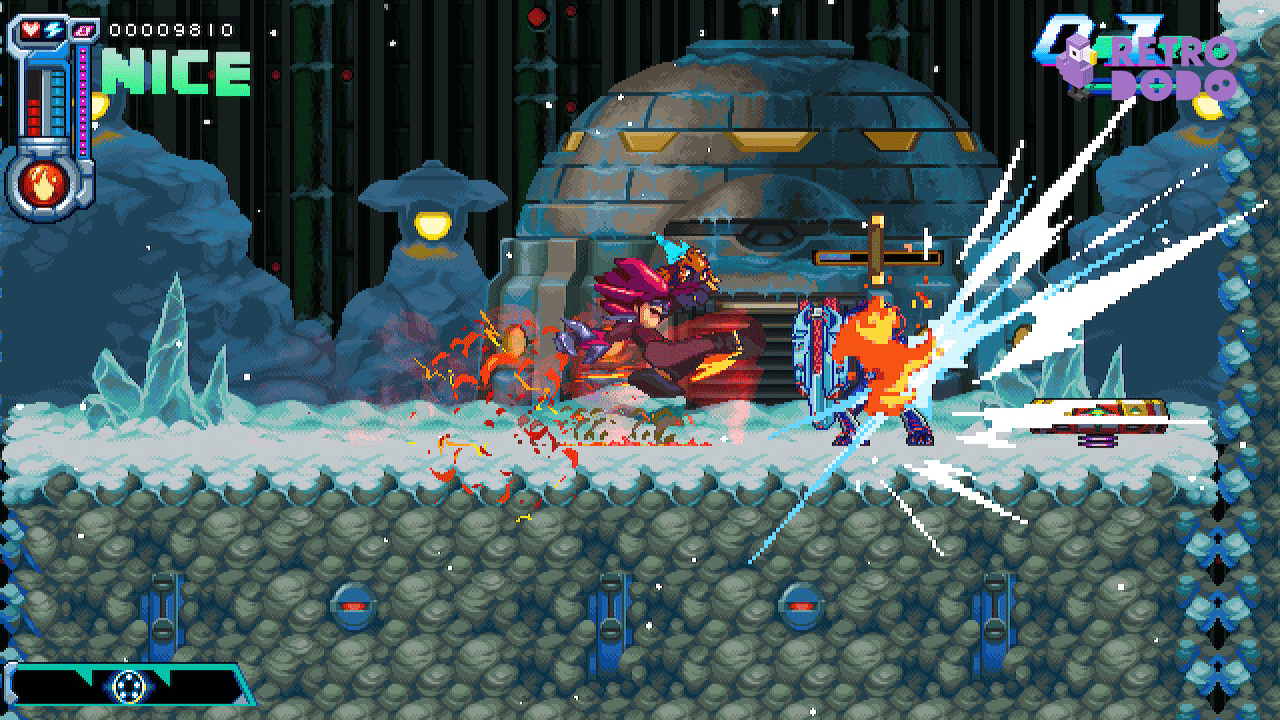
For the most part, gameplay in Berserk Boy will be familiar. If you’ve played Mega Man, then you know the drill. Kei can run and jump through stages that are overrun with bad guys, using their Berserk powers to tear them apart like a wet newspaper.
Levels are split into four different areas that Kei can teleport around once they’ve passed the relevant checkpoints, although there’s very little incentive to do so on a first playthrough unless you need to quickly return to a previously locked door as part of the story.
Kei’s first Berserk Orb grants him a purple suit of armour and the ability to smash into enemies. If you’ve played a modern Sonic title or Sonic 4 (shudder), then it works just like the Blue Blur’s homing attack. Although admittedly, it feels weightier here, with the impact of Kei crashing into opponents before bouncing off feeling very good.
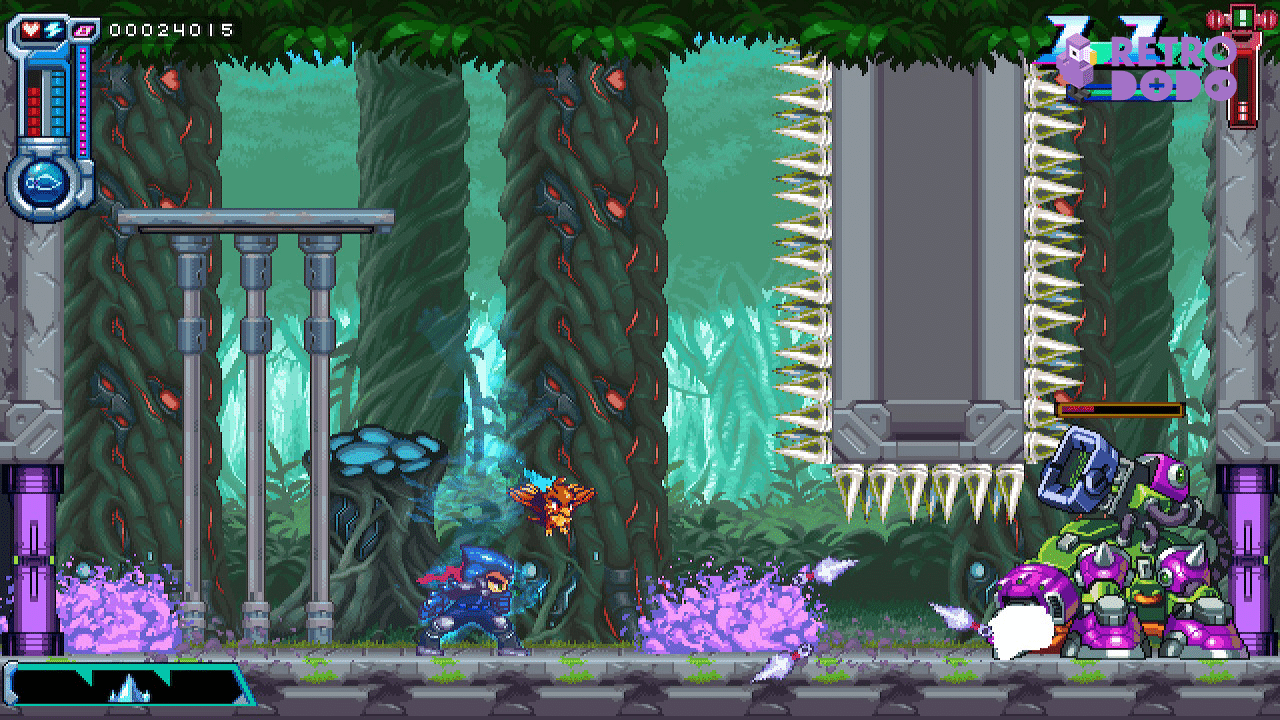
Once clashed, players can initiate a follow-up special attack if they have enough energy to do so. Using Kei’s orb-based arsenal will reduce the available energy reserves but they quickly recharge through readily available pickups.
Each of Kei’s six forms, obtained from defeating bosses handle energy consumption in the same way, but their individual move sets are a highlight of Berserk Boy’s overall design.
Bosses exhibit some decent aesthetics but none of them proved tremendously difficult, with each boss requiring no more than a couple of attempts before their weaknesses could be fully exploited and their husks left on the junk pile.
Drilling Into It
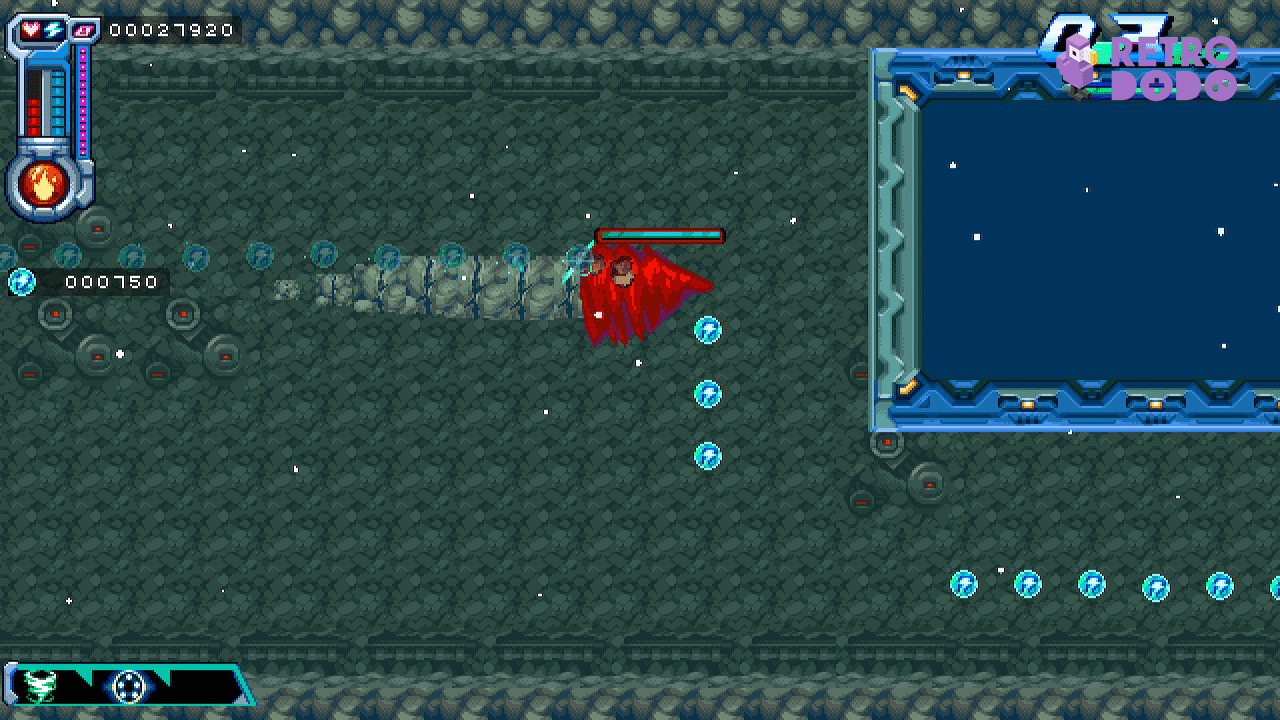
Of the six available powers, my favourites remain the fiery drill power, obtained from defeating the first boss, Flame Drill, and the icy ninja-flavoured blue orb that sees Kei launching shuriken and dashing with sweet, sweet i-frames.
Chaining these powers together results in a fast, flowing action action-focused platform game. Seamless transitioning between different orbs with a tap of the shoulder buttons allows players to decimate opponents before smoothly transitioning into traversal.
Activating the flame drill to burrow through dense rock, ejecting on the other side, swapping to the blue orb, and rapidly dashing through a series of suspended grapple points always feels great and responsive and demonstrates Berserk Boy at its absolute best.
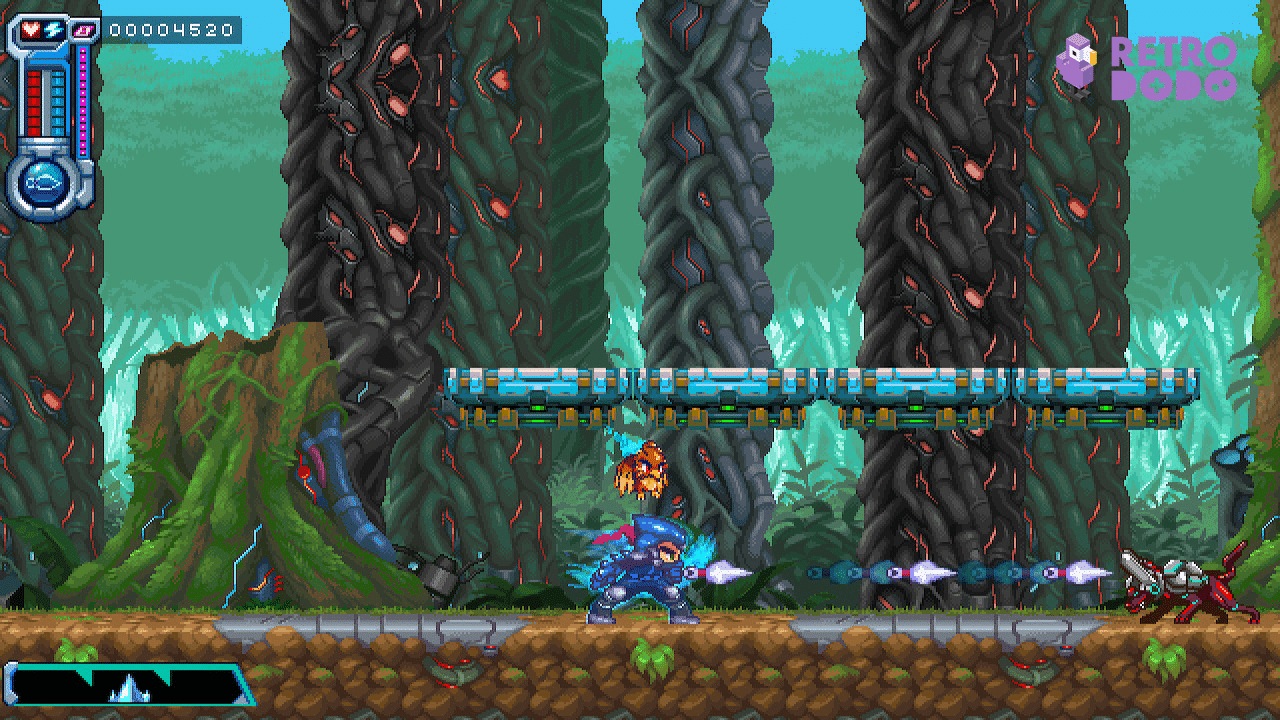
Unlike Mega Man, where level order is an unknown gamble from the start, Berserk Boy provides a critical path for players to follow.
With a set path through the game, each level is tailored to Kei’s current skillset and allows for some Metroidvania-style backtracking when new abilities are acquired.
Revisiting previously cleared levels with new powers is fun although not as rewarding as I’d like. The powers that Kei acquires through his journey are inventive and great to use, but the rewards for replaying areas never feel particularly worthwhile.
Who Said That?
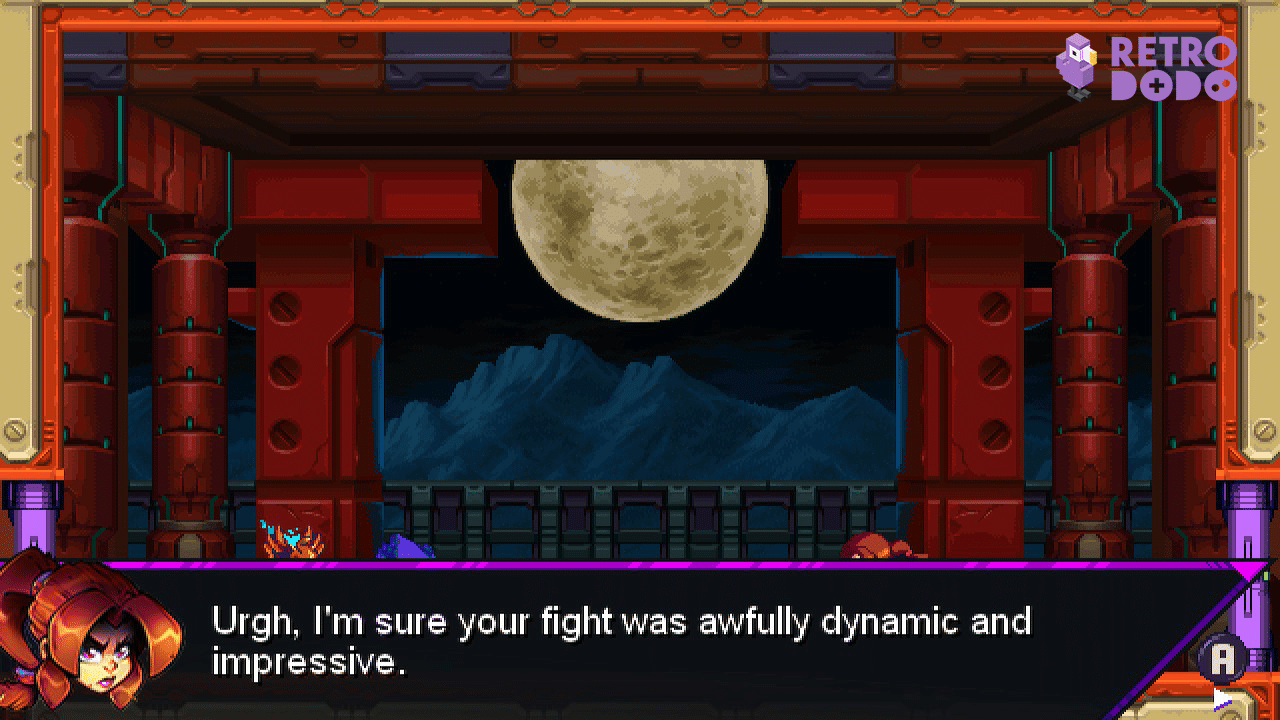
The presentation is impressive throughout with gorgeous scenery and spectacular particle effects from start to finish.
Cutscenes and story segments, unfortunately, don’t fare as well as the rest of the game. The majority of the scenes during the game frame the interactions between characters poorly, with dialogue boxes entirely obscuring the characters while the upper half of the screen is void of anything of interest.
It’s a glaring problem too that shouldn’t have made it into the final product. Fingers crossed that a patch will rectify this oversight and reveal the key players during their dramatic moments.
I say dramatic moments, but even after finishing my playthrough this week, I couldn’t tell you much about the story, for the interactions between Kei and his antagonists are almost instantly forgettable, and the main baddie Dr. Genos is nowhere to be seen throughout the majority of the game.
Despite fumbling its story, Berserk Boy smashes it out of the park in the audio department. Sonic fans will rejoice as long-time hedgehog songsmith Tee Lopes delivers some impeccable, and predictably brilliant bops on the Berserk Boy soundtrack.
Tee Lopes has crafted some excellent tunes that blend hip-hop, chiptune, and even flamenco motifs together beautifully.
Base-ic
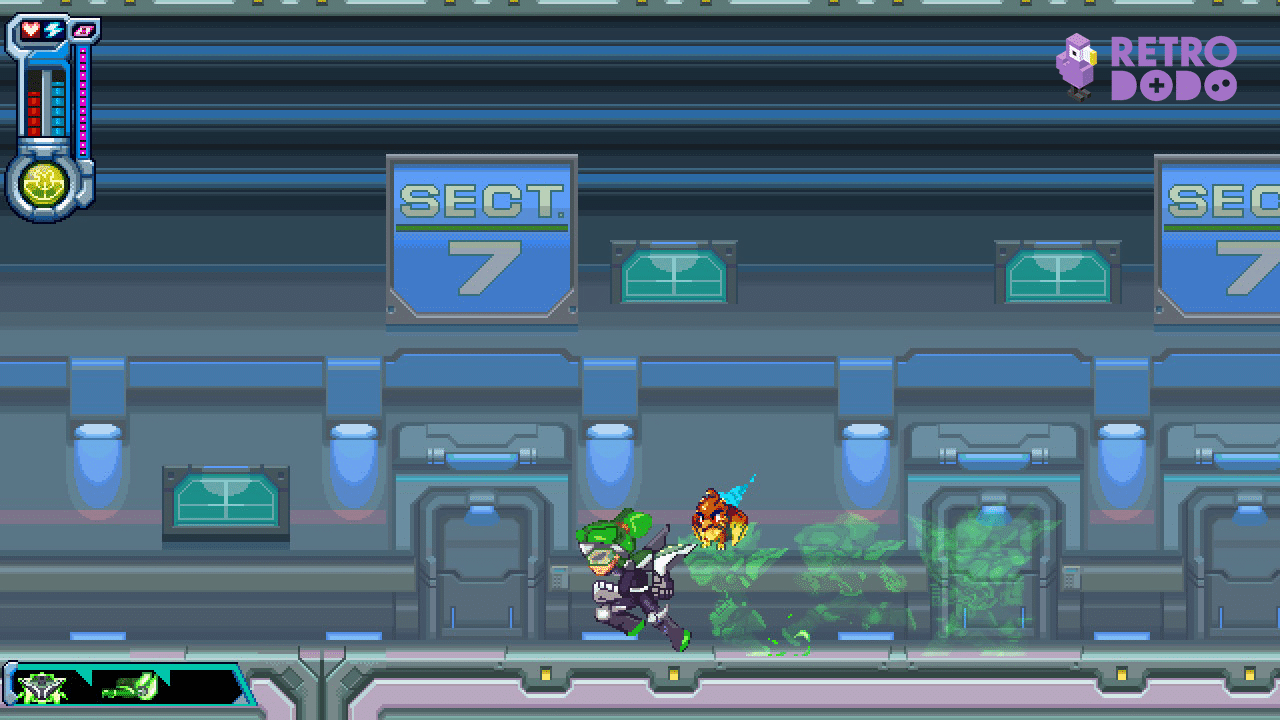
When not undertaking missions, Kei will teleport back to his home base where the other Resistance members are holed up.
The base looks great but never sells the idea of a war-weary group resisting a global threat. The playable area of this base is huge and it’s implied that it’s even bigger than the zones we get to dash about in.
And you’ll be doing a lot of dashing about whenever you return here. The rooms are so disproportionately large, and the backgrounds so grey and bland that popping from one area to another while off-duty is painfully tedious.
There’s no need for this padded commuting either. There are only two areas that you’ll want to visit while at the Resistance base; the Lab Room to unlock permanent health and energy upgrades and the Command Room where you’ll depart for missions. The Lab Room and the Command Room are located at opposite ends of the base and traipsing between them kills any momentum the game has built while on mission.
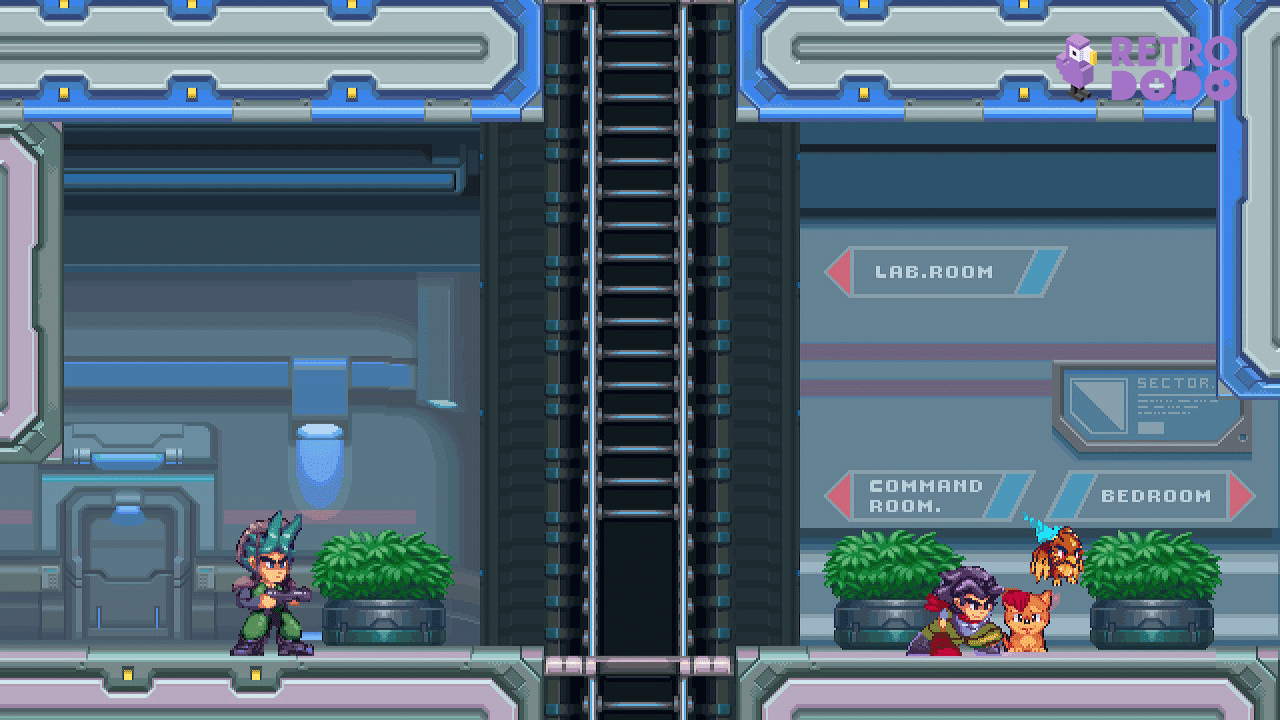
The Resistance base will also come under attack several times during the story, with each invasion requiring you to find and defeat a small handful of enemies. What ensues is a tedious game of hide and seek that further pads out the run time when you’d rather be blasting through the main missions.
The only saving grace here, and one that deserves a special mention, is the cute puppy that lies outside Kei’s room. You can pet the dog and then watch in delight as the little guy falls asleep with his little ears twitching. Ten out of ten, no notes. Perfect pixel puppy.
Final Thoughts
The promise of a mash up between Sonic and Mega Man meant I was initially excited to review Berserk Boy, but overall, Berserk Boy is a decent title that misses a little too often to be deemed a must-buy.
It’s by no means a bad game, and players will enjoy zipping around the missions, engaging in the weighty combat, and stringing moves together like they’re a superpowered Tony Hawk, but the lackluster story means it’s hard to care about why you’re doing these things.


